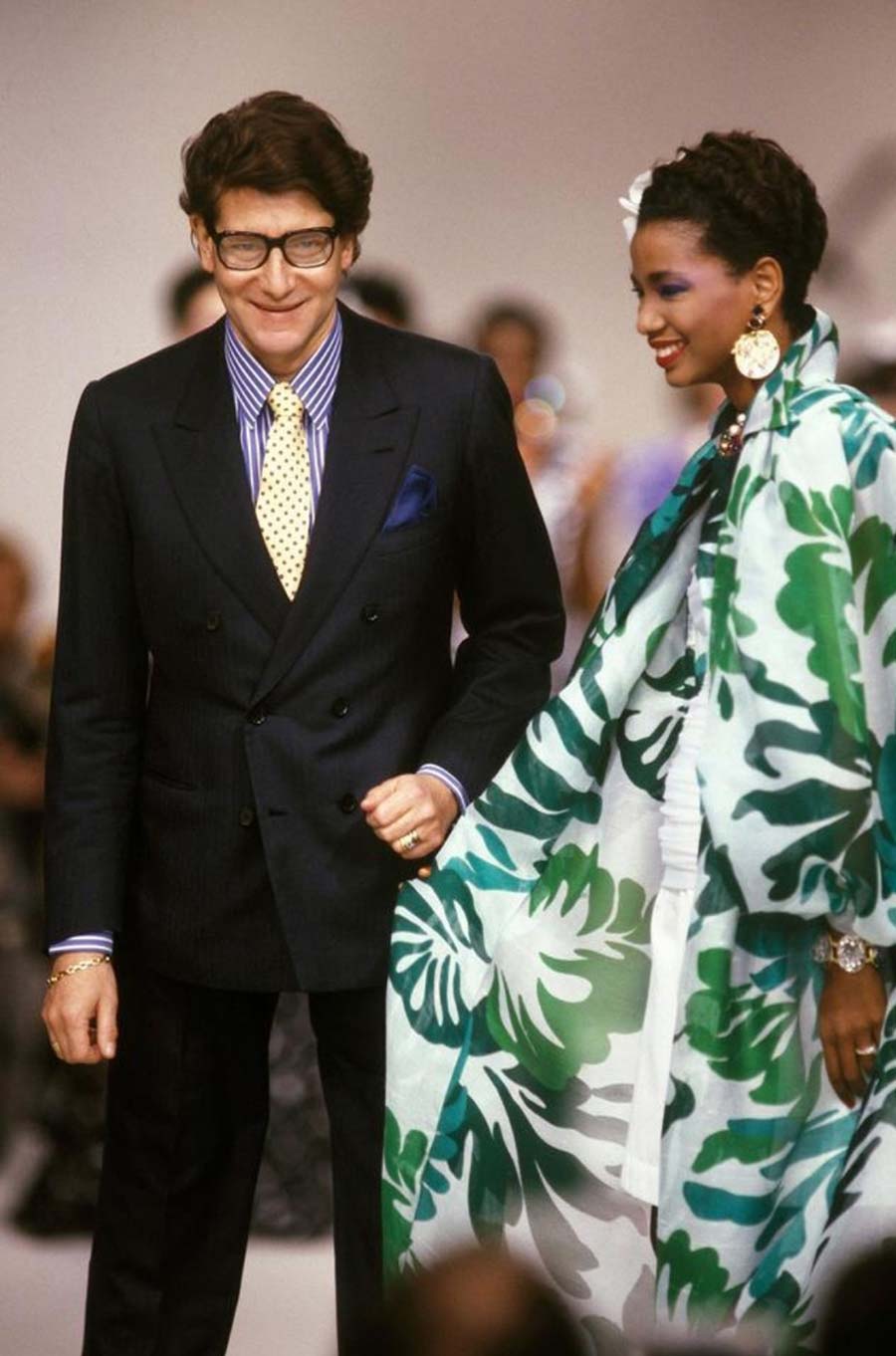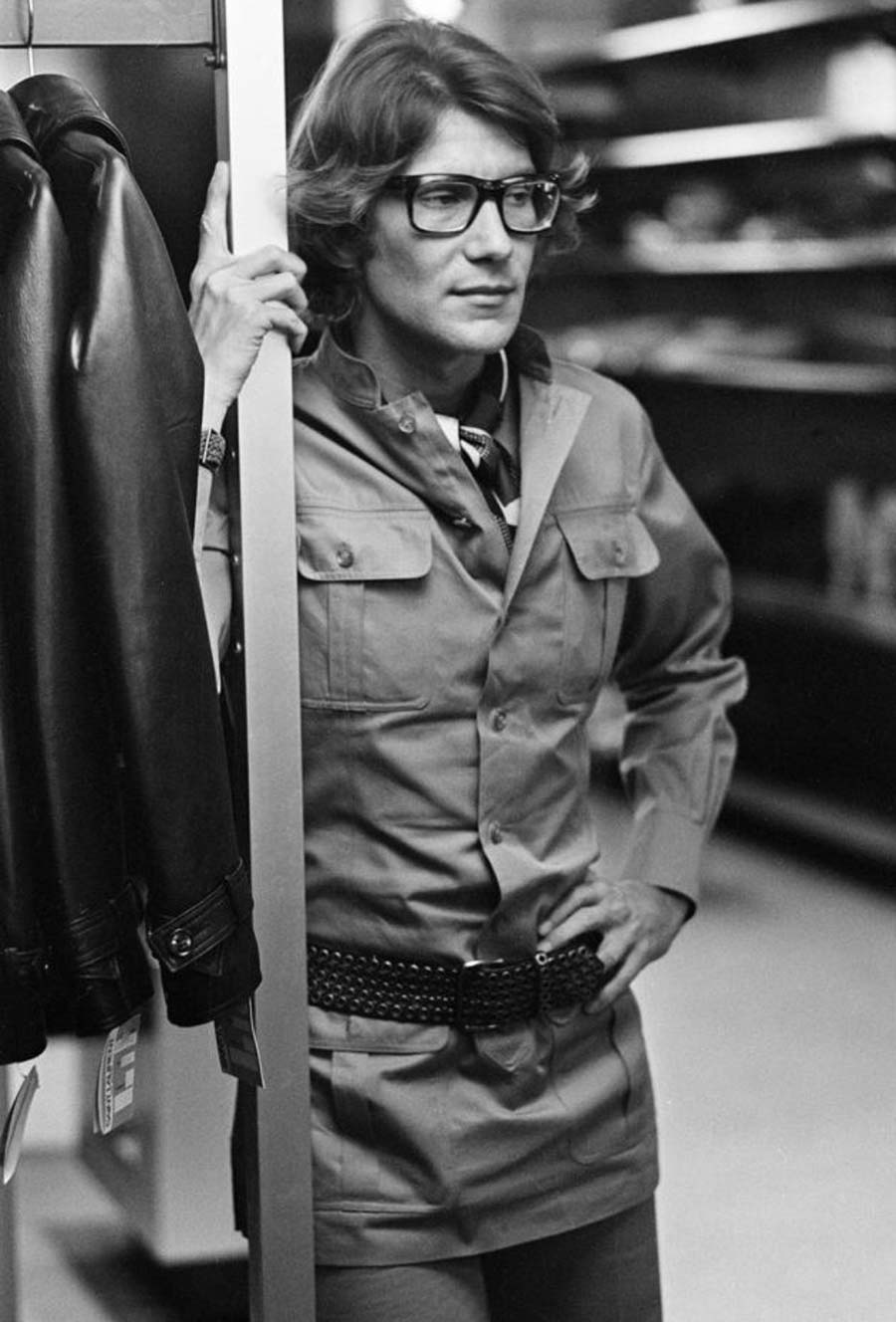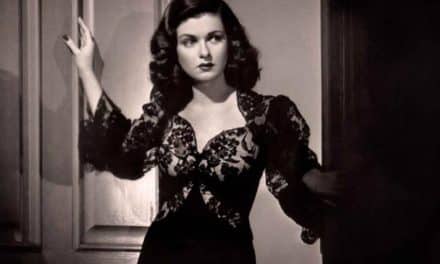Yves Saint Laurent, who passed away on 1 June 2008, was a highly acclaimed fashion designer of the 20th century. Throughout his lifetime, he was hailed as a genius, a boy wonder, and the Pied Piper of fashion. Even after his death, his influence and impact on the industry continue to be widely recognized. Valerie Steele, the director and chief curator of The Museum at the Fashion Institute of Technology, aptly compared his creative journey to that of Picasso, noting how each new style he introduced made a remarkable and lasting impression on the world of fashion.
Yves Saint Laurent, starting his career at the age of 21 with his debut collection at Christian Dior, made significant contributions to the fashion industry. His revolutionary designs, such as the iconic Le Smoking and sheer blouses, showcased his commitment to empowerment and diversity. His influence was so profound that, at the age of 47 in 1983, he became the first living designer to receive a retrospective at the Costume Institute of the Metropolitan Museum of Art.
In anticipation of his 83rd birthday, I encourage you to embrace and look back at seven significant ways in which Yves Saint Laurent.
This brand always presents itself to me in a vintage way. Whether it’s the streets of Holland, London, Andorra or Paris. I have ended up with some unique iconic collections of YVL. No matter where my footsteps lie, when i am seeking a vintage item, the man himself keeps screaming out to me to purchase vintage.


He Made High Fashion Ready-To-Wear Popular
In September 1966, Yves Saint Laurent made fashion history by becoming the first couturier to establish a ready-to-wear boutique bearing his name. The Rive Gauche boutique, located at 21 rue de Tournon in Paris’ Left Bank, was not simply a more affordable version of his couture designs. Instead, it served as an experimental space for Saint Laurent to showcase fresh ideas and introduce entirely separate collections. This innovative approach proved to be a resounding success, marking a significant departure from the opulent world of haute couture salons. Building on this triumph, Saint Laurent went on to open boutiques in New York in 1968 and London in 1969, further expanding his reach. In that same year, he also unveiled a ready-to-wear store catering specifically to men.

He Exposed Nipple Fashion
During the late 1960s, when the sexual revolution and second-wave feminism were at their peak, Saint Laurent introduced sheer organza blouses and transparent tops in his collections. This was his way of paying homage to the prevailing spirit of the era, emphasizing equality between genders rather than exhibitionism. As noted by USVogue’s Hamish Bowles, Saint Laurent’s designs provided his diverse clientele with unmatched confidence and effortless sex appeal, without crossing into vulgarity. It was a daring move that also aligned with the growing sense of sexual freedom. On the runway, his models would also forego bras, further embracing this new mood.

He Branded Himself
In 1971, it was uncommon for designers to appear in their own campaigns, let alone in campaigns for other labels. However, Yves Saint Laurent broke this trend by posing naked for the advertisement of YSL Pour Homme. The iconic photograph, taken by Jeanloup Sieff, was not widely published at the time but continues to hold significance even today.

He Provided Women With Identical Garments To Men
Women had already been wearing suits and trousers before Saint Laurent’s contribution, however, it was Pierre Berg who stated in 2008 that Gabrielle Chanel granted women freedom, while Yves Saint Laurent bestowed upon them power. The introduction of Le Smoking in 1966 was met with controversy, as it was still considered taboo for women to wear trousers in public. Nan Kempner, an American socialite, famously faced rejection at Le Cte Basque in New York for donning her YSL tuxedo suit. At its core, Le Smoking represents rebellion, androgyny, and glamour – a direct challenge to the established norms. Saint Laurent expressed in 1977 that he aimed to provide women with the same fundamental wardrobe as men, consisting of a blazer, trousers, and suit, emphasizing their functionality. His belief that women desired this type of attire turned out to be correct. Notable early adopters of Le Smoking included Catherine Deneuve, Liza Minnelli, Lauren Bacall, and Bianca Jagger.

He Revolutionized Women’s Fashion
Yves Saint Laurent embarked on his professional journey by working under the renowned Christian Dior before establishing his own fashion house. In 1955, Dior was captivated by Saint Laurent’s artistic prowess and promptly hired him. Tragically, in 1957, Dior unexpectedly passed away due to a heart attack, propelling the then-21-year-old Saint Laurent into the role of creative director for the brand. The Trapeze line for spring 1958, Saint Laurent’s inaugural collection, emerged as a resounding triumph. Garnering a standing ovation during its debut, it left an indelible mark on the fashion industry. Saint Laurent boldly departed from Dior’s traditional cinched waist, introducing a more weightless and flowing silhouette with a reduced use of fabric. This pivotal moment signaled the commencement of his lasting influence on contemporary women’s fashion.
He Successfully Merged The Worlds of Art And Fashion
The relationship between the art and fashion worlds is now widely known, but Saint Laurent was one of the pioneers in incorporating art into his runway shows and showcasing his designs in art galleries as well. His designs were influenced by renowned artists such as Vincent van Gogh, Andy Warhol, Pablo Picasso, Henri Matisse, and Georges Braques. However, his most iconic collection was the 1965 Mondrian collection, which paid tribute to the Dutch artist’s grid-like paintings and modernist style with six classic Sixties-style shift dresses.

He Put A Black Model As A Brand Cover
The fashion industry continues to struggle with issues of race, but Saint Laurent was one of the pioneers in featuring women of color on the runway. Models like Iman, Rebecca Ayoko, Katoucha Niane, and Dalma Callado were his muses and regulars. Naomi Campbell credited him with helping her secure her first Vogue cover, recalling how she expressed her frustration about not being able to land a French Vogue cover as a black girl. Saint Laurent assured her that he would take care of it, and he did.
 Yv
Yv
















You must be logged in to post a comment.